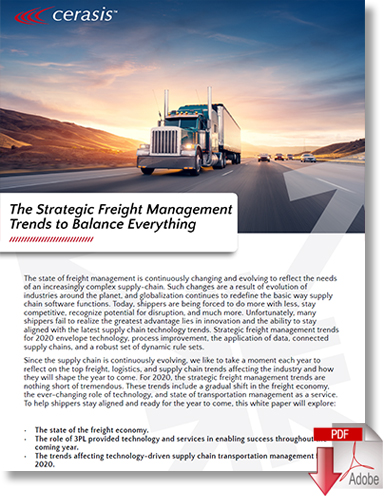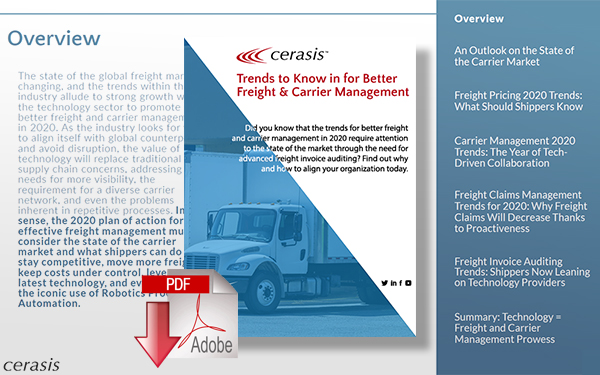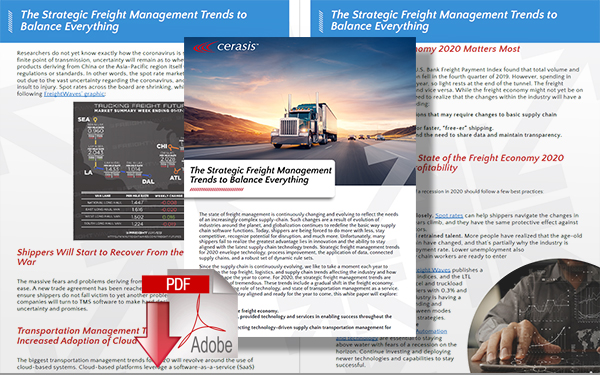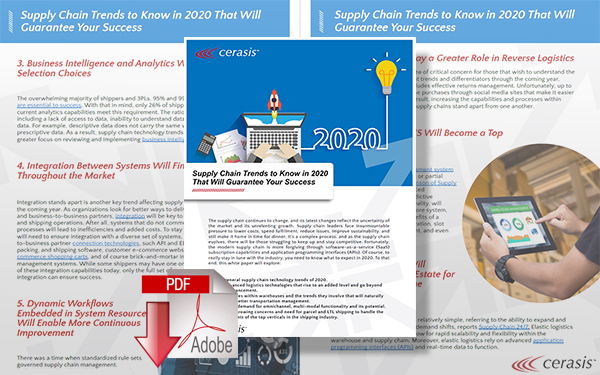The Disruption of the Traditional Business Model
The transport and logistics industry has a lot of suppliers who have had to change the model of their business in the last few years.
Many of them have had to adapt and deploy innovative technologies, so, that shipping cab becomes more sustainable flexible and efficient as the growth of the industry continues.
This has resulted in the disruption of the traditional business model that transportation and logistics companies are known for.
As a matter of fact, in the coming decades, some of these business models will be fully upended, an example of this is the freight brokerage.
Without a doubt, the introduction of advanced technology into this industry has given them the ability to adapt to recent imperatives such as constant innovations, customer centricity, and agility.
And if they choose to not adopt this technological approach, the weight of these old approaches may hold them back from the advancements that technologies bring.
The truth is, in the world where we are in, it is impossible for transport and logistics companies to compete without first staying clear of the complex processes, and old IT systems.
Although it is difficult for them to change directions and become immediately efficient, they know that there is a need for them to evolve and adapt to technological advances.
So, there are a large number of technological innovations such as drones, crowdsourcing, data analytics, etc.
Read: Top Six Supply Chain Technology Trends for 2020
The hard part for them will be the choice of which innovations they are to adopt and the part they have to focus on in their business models so that they can remain competitive in the market.
In the absence of the time and resources for these transport and logistics businesses, they have to do choose the right strategies for their future growth.
These digital transformation and advanced technology are bringing about a massive change in the business models of transport and logistics companies. Here are 5 ways in which they are affected:
1. Transparency and Data Automation
Logistics companies have always had a lot of paper service and dealing with plenty of data.
So, recent advances in the collection and analysis of data will only work more to benefit the logistics data. It might help them to optimize their network routes.
They are also able to optimize the number of drivers and trucks that they will be needing every day. It also makes it easy for them to track their deliveries on time.
These have been a problem area for these companies for years and they have been looking for ways to optimize it.
But with advanced technology, they can now do that with ease. Technology also allows them to forecast all their requirements including operating expenses, personnel time and other necessary capacities. They can also introduce technologies that are game-changers for them such as augmented reality, artificial intelligence, and the omniscient control towers (which gives them overall visibility of their supply chain) because they have transparent and shareable data.
2. Deciding the Right Mode of Action
Transport and logistics companies will need to identify the right topics and choose the right mode of action to tackle them. This is important for their chances of transforming their threats into opportunities for them. The action mode that they choose will be determined based on the situation and the topic they are dealing with but there are four action modes to choose from.
Group function powered disruption: the company uses its Adhoc project team and other relevant in-house skills to tackle a major disruption. The project team is created to carry out this task and they use all the resources within their reach in the organization to solve the problem at hand.
This mode of action is forceful for the management and they have to start considering and assessing the strategic issues with the whole company while ensuring that they have control of the solution, so they can overturn the situation to give them a competitive advantage.
Branch entrepreneurial project: this is used for a limited disruption. The company mostly has the relevant skill in-house with a specific project developed at the branch. There is a project manager and the issue is tackled with the help of all relevant resources in that branch.
With this mode, the right action is carried out and the organization does not deflect from its daily business.
Open Lab: this mode is for when a major disruption is expected. Ut the company doesn’t have the relevant in-house skills. They have to set up an open laboratory. This leverages on external players to get specific knowledge or non-identified knowledge. And this is initiated and led by the involved company.
Open project: this mode is for when the expected disruption is small but the company still does not have the relevant in-house skill. They set up an open project, similar to the open lab but with fewer resources. However, it involves many players, can lead to problems with tackling IP and is generally harder to deal with.
3. Digital Platforms
This is inarguably one of the biggest disruptions to this sector of transport and logistics as it enables capital expenses to be shared around fleets and warehouses and other such areas. It also allows new entrances into the ecosystem in the form of new, CAPEX-free actors and also opens the sector up for newer opportunities for a business model.
This platform results in a size race and that causes a change in the model into a “winner-takes-all” model or a market that is concentrated with the emergence of business models that are crowdsourced. According to paper writers that are currently studying the sector, business models that allow anybody to undergo last-mile deliveries also play a role in opening the sector up to new models that are disruptive.
4. New Methods of Production
New techniques that are being introduced into the sectors such as additive manufacturing and 3D printing also have a huge potential to cause big disruptions to the traditional transportation and logistics model and can cause enablement of newer and more decentralized business models. For example, instead of having to transport specific products, this need can be replaced by a 3D printing on-site in many cases. This, therefore, opens up an opportunity for the providers of contract logistics to add 3D printing service to what they offer, consequently leading to the last-mile customization.
5. Advanced Technology Adds A New Means of Physical Transportation
There are some transportation and logistics companies that have adopted the use of drones, handling robots and driverless vehicles into their operations and are already beginning to reap the benefits from this approach. However, as important as it is that they handle the introduction of these technological advances and innovations successfully, it also brings about some questions in areas such as liability, control, and employment.
Conclusion
Without a doubt, the logistics industry is late in joining the digital transformation caused by technological advancement. But it is finally adopting it gradually. However, this has and still will disrupt the industry in a number of ways. That is why it is important that logistics companies start to look into the risks and opportunities of this transformation and try to find the right balance between a disruption for positive change and the disruptions that are capable of placing the industry on a downward slope.
About the Author
Michael Gorman is a highly skilled freelance essay writer and proofreader from the UK who currently works at Australian Assignment Help. Being interested in everyday development and traveling, he writes various blog posts and discovers new aspects of human existence and hidden gems every day. Contact Michael Gorman via Twitter.
Related Article: 2020 Freight & Transportation Management Trends
Related Papers
2020 Trends for Better Freight & Carrier Management
In this white paper, we discuss how technology - advanced, automation capabilities and system functions - provides a protective effect and enables better freight and carrier management. Download Now!
2020 Strategic Freight Management Trends
In this educational and informative white paper, you will learn about the top freight, logistics, and supply chain trends affecting the industry and how they will shape the year to come. Download Now!
Supply Chain Trends to Know in 2020
This educational and informative white paper details how everyone needs more technology and functionality to offer faster purchase-to-door-shipping, regardless of channel or order origin, the question is, are you and your company up for the challenge and can you guarantee success? Download Now!
More Cerasis Resources
Article topics
Email Sign Up






















